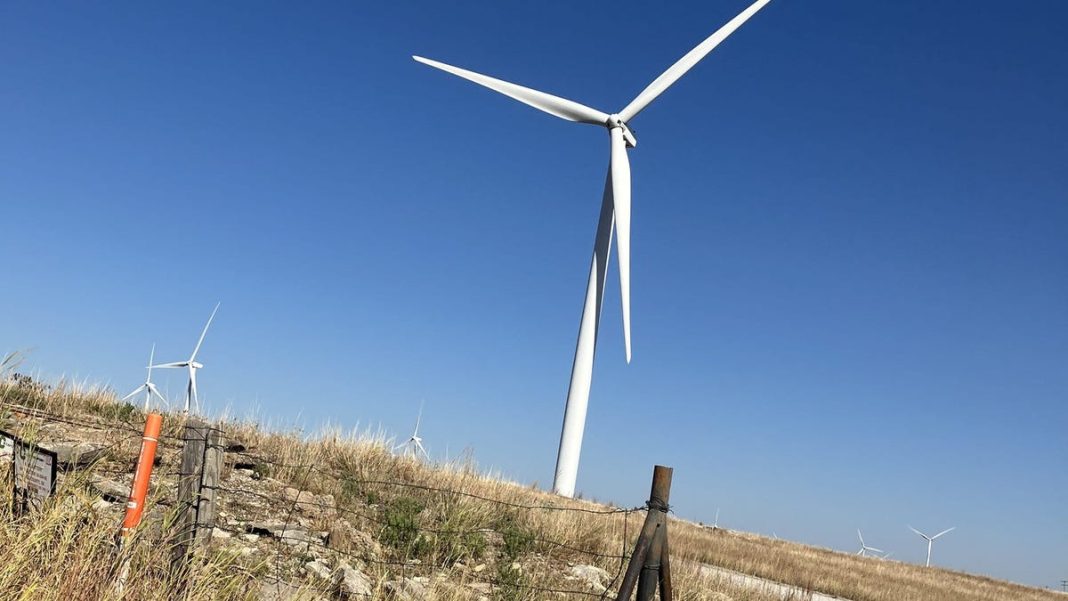Trump enacts executive order halting wind turbine leases, potential implications for the Midwest
On Monday, President Donald Trump fulfilled his pledge to establish policies that would limit the construction of windmills.
With the executive order he signed on that day, he temporarily suspends offshore wind energy lease sales in federal waters, along with halting approvals, permits, and financing for wind projects both onshore and offshore.
During this pause, officials will assess the environmental effects of onshore and offshore wind initiatives on wildlife, as well as examine the “economic implications of intermittent generation” and how subsidies affect the sustainability of the wind energy sector, as outlined in the executive order.
According to American Clean Power, an industry organization, land-based wind turbines contribute to 10% of the electricity generated in the United States. Most are situated on private properties.
A growing resistance against wind and solar energy at the county level, often due to visual impact, has resulted in 2023 seeing 15% of U.S. counties imposing bans or restrictions on new, large-scale wind or solar developments, according to an investigation by YSL News conducted last year.
Wind energy is particularly prevalent in the central United States, in an area known as the wind belt, which includes states like North Dakota, South Dakota, Kansas, Iowa, Oklahoma, and Texas. In Texas, wind energy accounts for nearly 29% of the state’s total energy production.
Restricting onshore wind development may contradict the current energy landscape in these states.
“States that supported President Trump rank among the top ten states for dependence on wind energy, with many relying on it for a significant portion of their electricity. Limiting wind energy projects in these areas could lead to higher energy costs for consumers,” stated Jason Grumet, CEO of the American Clean Power Association.
Offshore wind constitutes a small fraction of U.S. wind energy
Presently, there are only three significant offshore wind projects operational, though over 20 others are in the permitting process. Several coastal states that had opposed land-based wind farms were hoping to substitute them with offshore projects, which might not be achievable under the Trump Administration.
Most of the offshore wind initiatives being proposed are based on land rented from the federal government. In 2022, six companies committed to a record $4.37 billion for the opportunity to install wind turbines more than three miles from the shores of New York and New Jersey, marking a significant advancement in the U.S. renewable energy sector. Revenue from these leases is directed to the U.S. Treasury.
Since the federal government oversees the waters off the U.S. coast, these leases are negotiated with the Department of the Interior, rather than the states bordering those waters.
On the East Coast, significant opposition has emerged towards offshore wind projects, often due to concerns about their aesthetic appeal—though it is important to note that many of these installations are positioned far enough offshore to be barely visible. Additional worries include potential health risks and impacts on wildlife.
Whales are frequently mentioned as potentially being affected by offshore wind turbines; however, there is currently no evidence supporting this claim.

